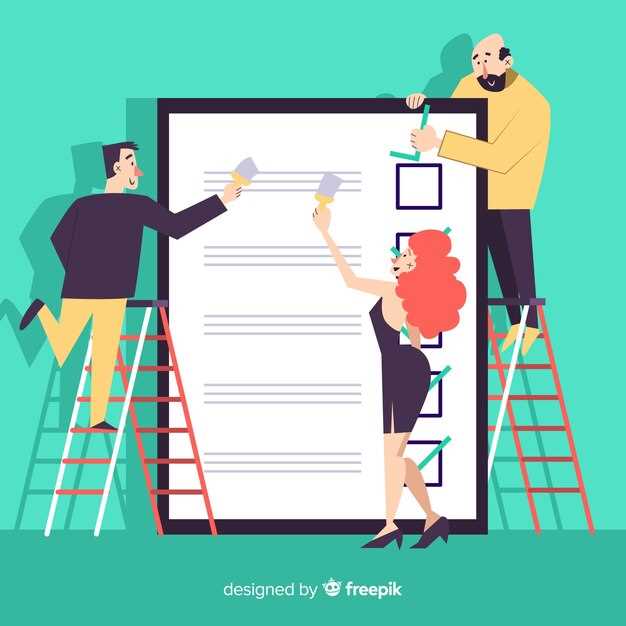
End your essay with a strong summary that ties your main points together. Restate your thesis in a fresh way, avoiding repetition. For example, if your thesis was about the benefits of renewable energy, you could write, “Renewable energy not only reduces carbon emissions but also creates sustainable economic opportunities.”
Add a final thought or call to action to leave a lasting impression. If your essay discusses climate change, you might conclude with, “By adopting renewable energy today, we can secure a healthier planet for future generations.”
Keep your conclusion concise–aim for 3-5 sentences. Avoid introducing new ideas; focus on reinforcing your argument. Use clear, confident language to ensure your message resonates.
Practice writing conclusions for different essay types. For persuasive essays, emphasize the importance of your argument. For analytical essays, highlight the significance of your findings. Consistent practice will help you refine your technique.
Review examples of strong conclusions to identify patterns. Notice how they summarize key points, restate the thesis, and end with impact. Apply these strategies to your own writing for polished, professional results.
How to Summarize Key Points Without Repetition
Focus on the main ideas by identifying the core message of each section. Use synonyms or rephrase sentences to avoid repeating the same words. For example, instead of restating “the importance of time management,” say “effective scheduling enhances productivity.”
Group similar ideas together to create a cohesive summary. If multiple points support the same argument, combine them into one concise statement. This reduces redundancy and keeps the text clear.
Use bullet points or numbered lists to highlight key takeaways. This format makes it easier to present information without repeating details. For instance, list three main benefits of a strategy instead of describing them in separate paragraphs.
End with a strong closing sentence that ties everything together. Avoid introducing new information; instead, reinforce the main message in a fresh way. For example, “By applying these techniques, your writing will stay concise and impactful.”
Techniques for Crafting a Memorable Closing Statement

Restate your thesis in a fresh way, avoiding repetition. Use concise language to remind readers of your main argument while adding a new perspective. For example, if your essay discusses the benefits of renewable energy, you might say, “Renewable energy isn’t just a solution–it’s a necessity for a sustainable future.”
Incorporate a call to action to engage your audience. Encourage them to think, act, or reflect on the topic. Phrases like “Consider how small changes in your daily habits can make a difference” or “Take the first step toward understanding this issue” can leave a lasting impression.
Use vivid imagery or a powerful quote to make your conclusion stand out. A well-chosen image or phrase can evoke emotion and reinforce your message. For instance, “As Martin Luther King Jr. once said, ‘The time is always right to do what is right’–let’s act now.”
Keep your tone consistent with the rest of the essay. If your writing is formal, maintain that formality; if it’s conversational, stay approachable. This ensures your conclusion feels like a natural extension of your work.
End with a thought-provoking question or a forward-looking statement. Questions like “What will you do to contribute to this change?” or statements such as “The future depends on the choices we make today” can leave readers reflecting long after they finish reading.
Using Rhetorical Questions to Engage Readers at the End
Place a rhetorical question in your conclusion to spark curiosity and encourage reflection. For example, ask, “What steps will you take to improve your essay writing today?” This prompts readers to think about applying your tips immediately.
Keep your question relevant to the content. If discussing essay conclusions, try, “How can a strong final sentence transform your reader’s impression?” This connects directly to the topic and reinforces your message.
Avoid overloading your conclusion with questions. One carefully crafted question is enough to engage without overwhelming. Pair it with a concise answer or suggestion to guide readers forward.
Use rhetorical questions to create a sense of urgency. For instance, “Why settle for an average conclusion when you can make it unforgettable?” This motivates action while keeping the tone friendly and approachable.
Ensure your question aligns with your audience’s goals. If targeting students, ask, “What’s stopping you from crafting a conclusion that stands out?” This speaks directly to their aspirations and challenges.